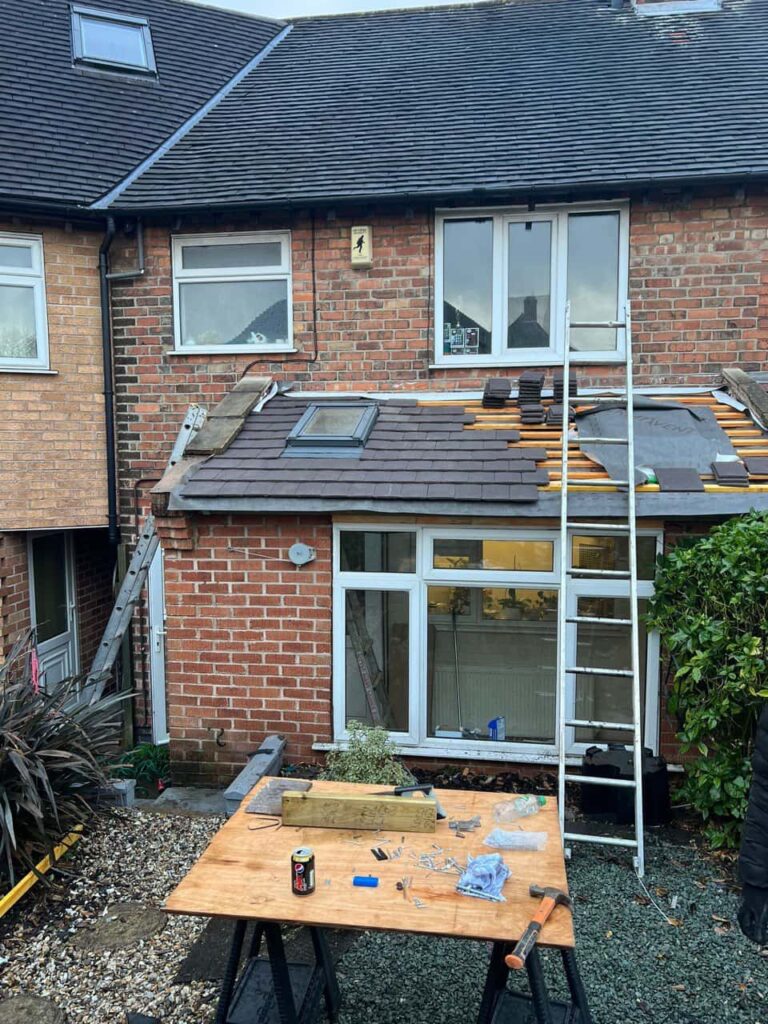Introduction: Felt roofing, known for its durability and affordability, has been a popular choice for residential and commercial buildings. However, like any roofing material, felt eventually reaches the end of its lifespan and needs replacement. When it comes time to remove old felt roofing, proper disposal and recycling practices are essential to minimise environmental impact and promote sustainability. This blog post will explore the importance of understanding material recycling and disposal for felt roofing and guide eco-friendly practices.
Understanding Felt Roofing Materials:
Felt roofing typically consists of layers of bitumen-saturated felt, commonly referred to as roofing felt or underlayment. These materials provide waterproofing and reinforcement to the roof structure, protecting it from water infiltration and damage. While durable and long-lasting, felt roofing eventually deteriorates due to exposure to weather elements, UV radiation, and general wear and tear.
Recycling Opportunities:
When removing old felt roofing, homeowners and contractors should explore recycling options to divert waste from landfills and conserve valuable resources. While felt roofing materials may not be as commonly recycled as some other roofing materials like asphalt shingles, there are still opportunities to recycle specific components.
- Bitumen Recycling: Bitumen, the primary component of felt roofing, can be recycled and reused in various applications. Bitumen recycling facilities process old roofing materials to extract usable bitumen for manufacturing new products such as asphalt pavement, roofing materials, or bituminous coatings.
- Felt Underlayment: Some felt underlayments may be recyclable, depending on the materials and manufacturing processes used. Check with local recycling facilities or specialised roofing material recycling companies to inquire about options for recycling felt underlayment.
Disposal Considerations:
If recycling options are not available or feasible, proper disposal of old felt roofing materials is essential to prevent environmental contamination and comply with local regulations. Here are some key considerations for disposing of felt roofing materials:
- Landfill Disposal: If recycling options are limited or unavailable, old felt roofing materials may need to be disposed of in a landfill. However, it’s essential to follow proper disposal protocols and regulations to minimise environmental impact. Contact local waste management authorities or landfill facilities for guidance on proper disposal procedures and any applicable disposal fees.
- Hazardous Waste Management: Some older roofing materials, particularly those containing asbestos, may be classified as hazardous waste and require specialised handling and disposal. Identifying and appropriately managing hazardous materials is crucial to protect human health and the environment. Consult with asbestos abatement professionals or hazardous waste disposal experts for assistance with safely removing and disposing of hazardous roofing materials.
Conclusion: Proper recycling and disposal of old felt roofing materials are essential for minimising environmental impact and promoting sustainability in roofing practices. By exploring recycling opportunities, adhering to disposal regulations, and prioritising eco-friendly practices, homeowners and contractors can contribute to a more sustainable built environment while responsibly managing roofing waste. Consult with local recycling facilities, waste management authorities, or roofing professionals for guidance on sustainable roofing material disposal options when in doubt.
Call us on: 01638 591 695
Click here to find out more about Isleham Roofing Repairs
Click here to complete our contact form and see how we can help with your roof needs.

